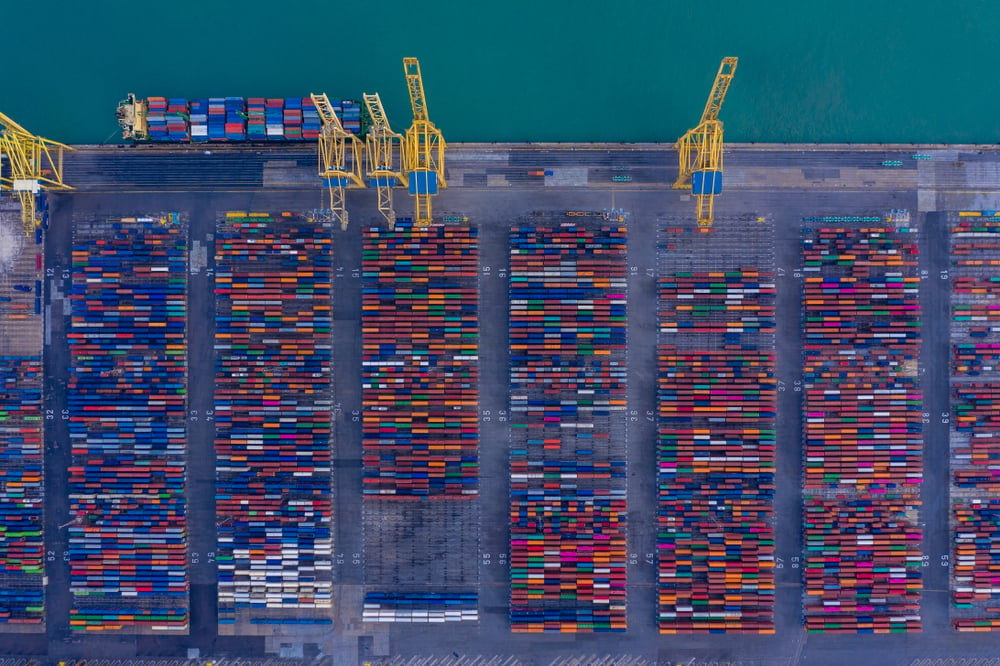REDWOOD LOGIN
Redwood PortalLTL
SCS
SCS Support
Rockfarm

The supply chain is a complicated and sometimes frustrating industry for shippers to navigate. With the multiple transportation options from LTL to parcel and just as many modes to consider, many shippers need help with determining which shipping method works best for their applications.
The truth is that there is no such thing as a one-size-fits-all model or logistics solution. However, one mode of shipping, albeit often overlooked, comes fairly close to a one-size sort of deal.
Yes, I am talking about intermodal shipping.
As a matter of fact, it is overlooked mostly by shippers who might actually benefit the most from it.
And who could blame them? Intermodal shipping is indeed slightly intimidating.
So, for those of you considering intermodal shipping, this blog post is for you!
In the logistics world, shippers have multiple options to move freight from the point of origin to its final destination. Whether shipping on trains, planes, or ships, there exists an option for everyone. However, when the movement requires two different modes of transportation, it is an intermodal shipment.
Intermodal shipping is when products are packed inside a container, picked up by an FTL carrier, then transported to a railway or ship for further transport. When the train or ship reaches its station, the container is off-loaded, and transported to your customer by the LTL carrier.
25 million annual intermodal shippers can’t be wrong. This dual-mode of transportation is one of the safest ways of moving freight. Most intermodal shipments move via railways in North America. Unlike highways and side-streets, train movements seldom face delays due to weather, traffic, or road conditions. This means that freight arrives at the final destination much quicker in many cases.
Intermodal shipments may save a shipper a rather large sum of money. One of the leading costs for full container shippers is fuel. Furthermore, since fuel per mile for trains is much cheaper than a full semi-tractor trailer, the shipper has the potential of saving more than just pocket change!
The most successful intermodal shippers understand that this method of shipping is a comprehensive solution. Intermodal shipments come in handy if you ship several long-distance FTL shipments to frequent customers during a typical week.
The shipper packages the goods in an intermodal shipping container for shipment. That container stays sealed until it arrives at the destination. Due to this fact, the shipper is typically responsible for damage that occurs during transit (unless an accident during transport happens).
Thanks to our recent acquisition by Redwood Logistics – our combined efforts offers us the flexibility to expand our services – which now includes intermodal shipments. For more than 15 years, the company has been providing solutions for moving and managing freight and sharing its knowledge across North America.
If you’re looking to save money and improve supply chain movement efficiency, give us a call today!